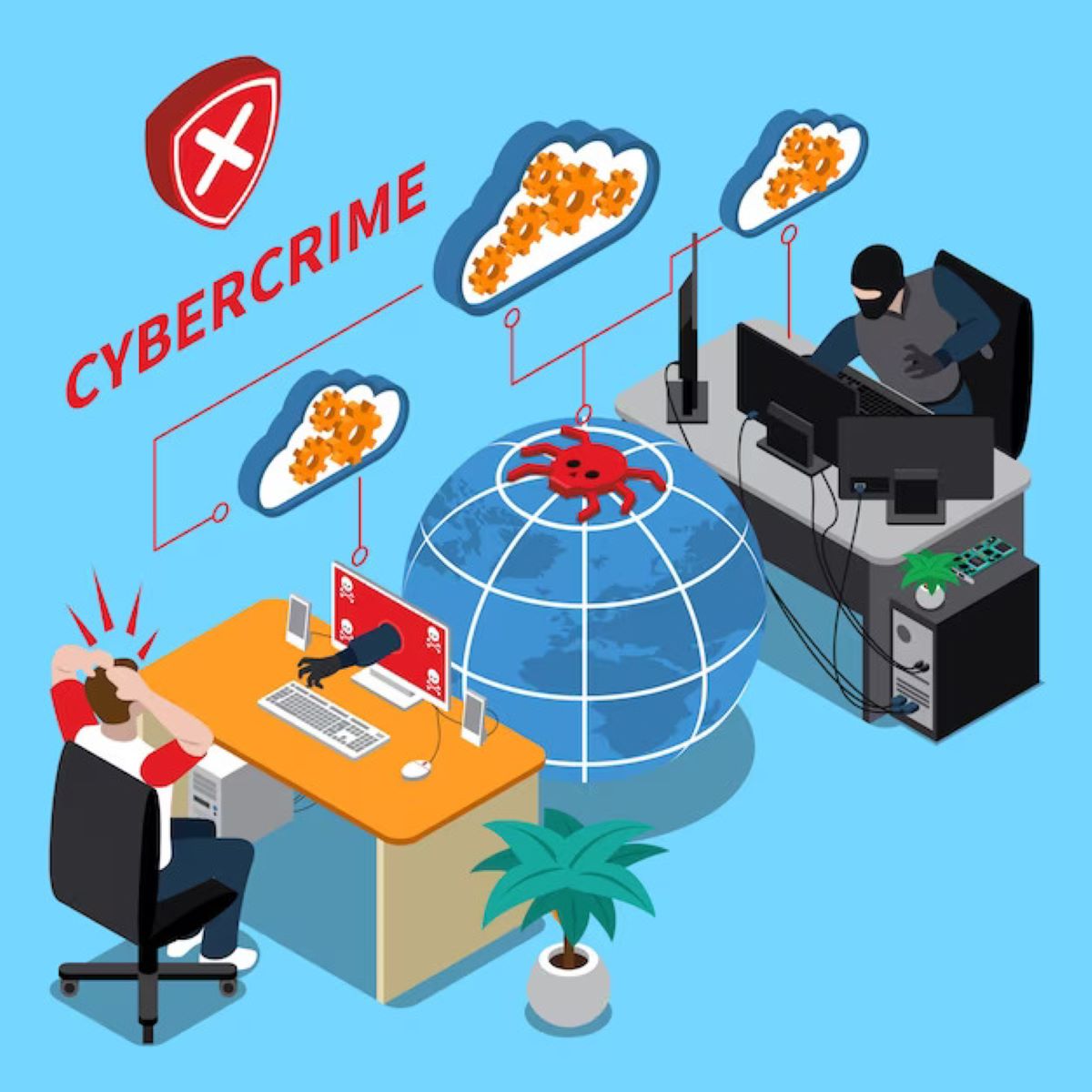Social Engineering: Decoding the Art of Human Hacking
Social engineering, often referred to as the “Art of human hacking,” is a deceptive practice where cybercriminals exploit human psychology to gain access to sensitive information. We’ll explore the complex realm of social engineering in this blog article, exposing the strategies used by malicious people and giving you the information you need to spot and avoid such dangers.
A guide to Social Engineering Understanding
Social engineering is not a new phenomenon; it existed before the internet. But as technology has advanced, fraudsters have developed new, inventive strategies for tricking people into disclosing private information. The heart of social engineering lies in leveraging human emotions, trust, and cognitive biases.
As cybercriminals continuously develop increasingly deceptive tactics to deceive individuals and workers, organizations must remain proactive. This article will delve into ten prevalent forms of social engineering attacks.

Types of Social Engineering Attacks
Phishing Attacks:
Hackers often use fraudulent emails or messages, posing as trustworthy entities to trick individuals into providing sensitive information.
Tips: Verify the authenticity of unsolicited messages, verify email addresses, and avoid clicking on suspicious links.
Pretexting:
Attackers create a fabricated scenario to manipulate individuals into divulging information or performing actions they normally wouldn’t.
Tips: Be cautious of unexpected requests, verify the identity of the person making the request, and validate information independently.
Baiting:
Hackers use appealing offers, such as a free download, to trick people into compromising security.
Tips: Be aware of offers that look too good to be true and stay away from downloading files from unreliable sources.
Quizzes and Surveys:
Cybercriminals leverage seemingly innocent quizzes or surveys to collect personal information that can be exploited later.
Tips: Restrict the amount of information you disclose online, particularly on social media, and be wary of requests for personal information.
The Importance of Awareness:
Education and awareness are critical components in defending against social engineering attacks. Individuals need to be trained to recognize the signs of manipulation and understand the importance of verifying requests for sensitive information. Organizations must implement regular training programs and conduct simulated phishing exercises to enhance their employees’ resilience to such tactics.
Protective Measures:
- Multi-Factor Authentication (MFA): Implementing MFA adds an extra layer of security, requiring individuals to provide multiple forms of identification before accessing sensitive information or systems.
- Security Policies: Establishing and enforcing robust security policies within organizations helps create a culture of cybersecurity awareness. Clear guidelines on information sharing and verification procedures are essential.
- Regular Updates and Patching: Keeping software and systems up-to-date helps mitigate vulnerabilities that could be exploited by attackers. Regular updates patch security flaws, reducing the risk of successful social engineering attacks.
Conclusion:
As cyber threats become increasingly sophisticated, cultivating a culture of cybersecurity awareness and vigilance is paramount. Recognizing the subtle signs of social engineering, combined with robust security measures and continuous employee education, forms a powerful defense against the art of human hacking. By staying informed and fostering a security-conscious environment, organizations can mitigate the risks posed by social engineering and protect their most valuable assets – their people and their data.








